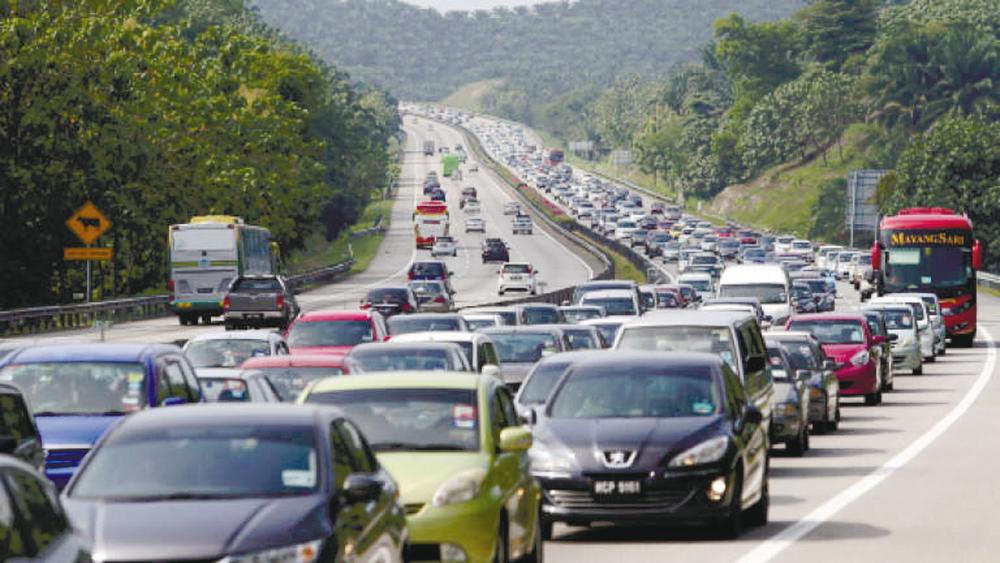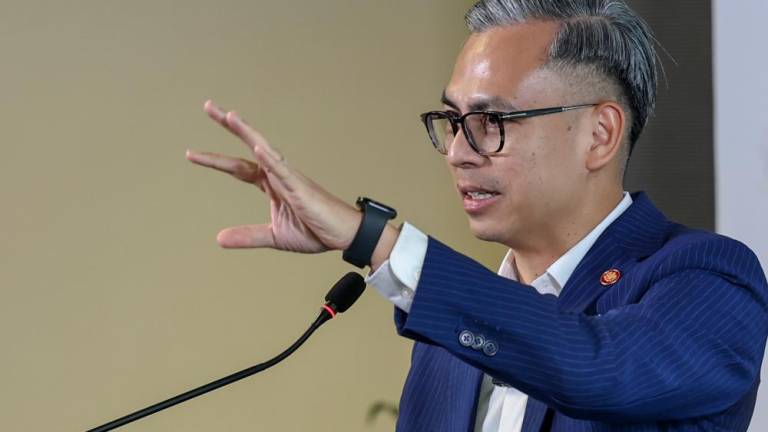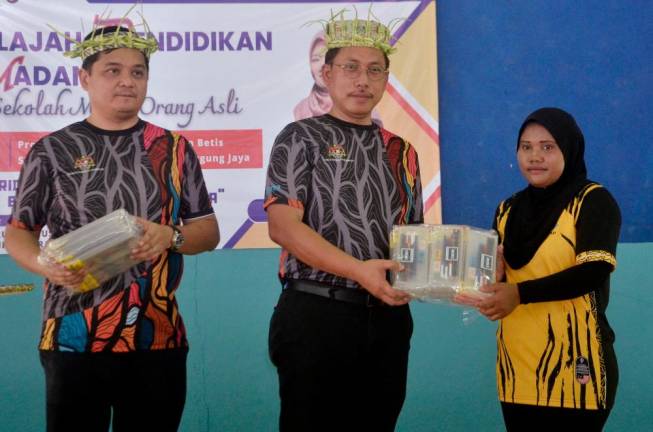PETALING JAYA: The highly anticipated National Automotive Policy 2020 (NAP 2020), which was launched last Friday, may have missed the mark in terms of laying down a solid plan of action for Malaysia’s automotive industry.
Leinvest PCL chief investment officer William Ng told SunBiz that while the strategies laid out are good in principle, the NAP 2020 is still very much a rough plan without clear actionable steps.
“For me, I thought there isn’t anything special about it. It’s not to say that the targets set out in the plan are unachievable, but it really depends on how it’s implemented and who carries it out.
“If this can be done properly, then yes, I think Malaysia’s vision of becoming an automotive hub can be realised,” he added.
Automotive analyst and automotive news portal Funtasticko.net editor Shamsul Yunos echoed the sentiments, telling SunBiz that while the framework seems to include the right stance on technological advances such as the Internet of Things (IoT), it lacks proper substance.
“I think this is apparent from the fact that the NAP 2020 has to include several roadmaps and blueprints, and for me, I think they have missed an opportunity because the auto industry is on the threshold of massive change in terms of electrification, and we did not make any clear call on that issue which is something that the industry needed to see,” he opined.
However the Malaysian Institute of Economic Research (MIER) lauded the NAP 2020 as “an ideal and forward-looking policy”, with its chairman Tan Sri Kamal Salih saying the policy would further strengthen the local automotive sector workforce, allowing it to remain competitive.
In his speech at the launch, Prime Minister Tun Dr Mahathir Mohamad said apart from aligning with current technological trends, the NAP 2020 is also targeting enhancing current policies while introducing new measures.
“The automotive sector is not limited to car-making. It opens doors to boundless engineering possibilities that could complement other economic sectors. It is within this context that the existence of the local automotive industry will continue to spur other opportunities for Malaysians to develop our own engineering capabilities and to enhance our skills and knowledge in technology.
“Therefore, I would like to call upon all industry players, from the OEMs to local companies to continue to work together to increase utilisation of local companies in high value-added activities of the domestic as well as global supply chains so that together we can create that positive economic spillovers particularly in transfer of technology and provision of jobs while expanding investments and increasing exports,” he said.
The NAP 2020, going forward, is said to maintain and enhance the NAP 2014 framework through three directional thrusts and three strategies consisting of seven roadmaps and blueprints that introduce three new technological elements namely, the Next Generation Vehicle (NxGV), Mobility as a Service (MaaS), and Industrial Revolution 4.0 (IR4.0).
Some of the other targets included in the NAP 2020 to achieve by 2030 are: an automotive sector contribution of RM104.2 billion to gross domestic product, RM12.3 billion in complete built-up exports, RM28.3 billion in exports of new automotive parts and components, RM10 billion worth of exports of remanufactured parts and components and 323,000 new jobs to be created in the automotive industry.
On this, Ng reiterated that the targets are not impossible to achieve, but he noted a potential concern over the country’s political situation and how that might change over the next 10 years, in which case, the NAP 2020 could be scrapped.
During the launch, Mahathir reiterated the decision to go ahead with the third new national car plan
On this, both Shamsul and Ng said they see no need for a nationally branded vehicle anymore.
Shamsul said the NAP 2020’s plans in terms of energy efficiency, travel autonomy and electrification will likely involve and revolve around the nationally branded vehicle.
“The government seems to think that the new national brand is the one that is going to pull new technology here, when actually when you look at the partnerships we have, they are already doing these things.
“We don’t have to reinvent the wheel. We should just incentivise the existing players to bring technology here.
“Having a roadmap for IoT is irrelevant because you don’t need to tell the industry what to do, they already know,” he said.














